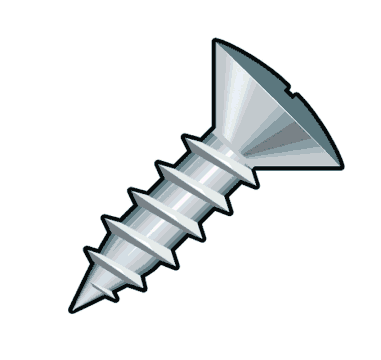There is a preference in the European Patent Office (“EPO”) that elements identified in the claims “be followed by reference signs relating to these features and placed between parentheses.” Rule 29(7). To reduce costs and streamline prosecution, an applicant filing an application in the EPO and PTO may decide to file the identical set of claims to both patent offices.
The good news is that the Manual of Patent Examining Procedures (“MPEP”) states that the use of reference characters in the claims corresponding to elements recited in the specification and drawings is to have no effect on the scope of the claim(s).
Reference characters corresponding to elements recited in the detailed description and the drawings may be used in conjunction with the recitation of the same element or group of elements in the claims. The reference characters, however, should be enclosed within parentheses so as to avoid confusion with other numbers or characters which may appear in the claims. The use of reference characters is to be considered as having no effect on the scope of the claims.
MPEP 608.01(m) (emphasis added.)
Unfortunately, the issue hasn't come up much in litigation (e.g., claims are construed differently in the courts and the PTO.) However, the emphasized language in MPEP 608.01(m) was cited in Hochstein v. Microsoft Corp., 2009 U.S. Dist. LEXIS 128544:
While elements L1 and L2 are the specific "communication couplers" parenthetically cross-referenced in claim 39, that optional use of reference characters in the claims has "no effect on the scope of the claims:"
(emphasis added.)
Although the MPEP and the Hochstein decision support the proposition that adding reference numerals to claims has no effect on the scope of the claims at the PTO – I think that doing so might have a negative effect on the scope of the claims. For example, the reference numeral may quietly serve to guide the judge (deciding claim construction) from a claim limitation (e.g., fastener) to a single structure (e.g., screw) described in the specification and then construe the term (e.g., fastener) as that single structure (e.g., screw), instead of giving it a broader construction (e.g., screw, nail, adhesive, pin, etc.),
I’d like to hear your thoughts on whether applicants should remove reference numerals from claims prosecuted at the PTO.

